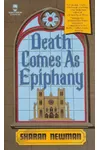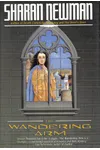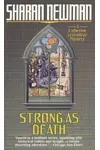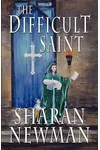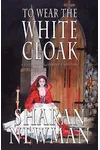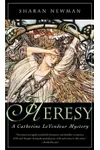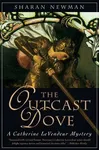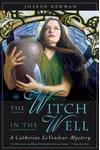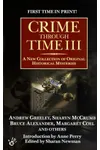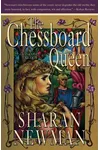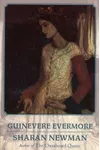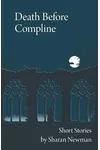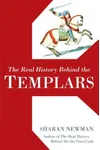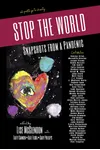Picture an American historian turned storyteller who whisks you to 12th-century France with a quill and a mystery—meet Sharan Newman! This medieval scholar swapped lecture halls for bestselling novels, crafting tales that blend meticulous research with gripping suspense. Best known for her Catherine LeVendeur series, Newman invites readers to stroll through medieval markets and unravel secrets alongside her unforgettable characters.
With a knack for making history feel alive, Newman’s work has earned her accolades like the Macavity and Herodotus Awards. Her stories don’t just entertain—they bridge the gap between dusty archives and modern readers, proving the past is anything but boring. Ready to dive into her world? Let’s explore how Sharan Newman became a master of historical fiction.
The Making of Sharan Newman
Born on April 15, 1949, in Ann Arbor, Michigan, Sharan Newman grew up with a love for stories and history. Her father, a U.S. Air Force captain, and her mother, a psychologist, nurtured her curiosity. Newman earned a bachelor’s degree from Antioch College in 1971, followed by a master’s in medieval literature from Michigan State University in 1973. She dove deeper into the past with doctoral work in medieval studies at the University of California, Santa Barbara, specializing in 12th-century France. Instead of teaching, Newman chose to weave her expertise into novels, bringing the Middle Ages to life with authenticity and flair.
Sharan Newman’s Unforgettable Stories
Newman’s Catherine LeVendeur series, spanning 10 novels from 1993 to 2004, is her crowning achievement. Set in 12th-century France, the series follows Catherine, a spirited novice-turned-sleuth, her husband Edgar, and her Jewish cousin Solomon. The debut, Death Comes as Epiphany, won the 1994 Macavity Award for Best First Mystery, introducing readers to Catherine’s sharp wit and Newman’s vivid historical detail. Later novels like Cursed in the Blood (Herodotus Award winner) and The Witch in the Well (Bruce Alexander Award winner) explore themes of faith, family, and the tense Christian-Jewish relations of the era.
Beyond mysteries, Newman penned the Guinevere trilogy, starting with Guinevere (1980), which reimagines the Arthurian legend with a fresh, feminist perspective. Her standalone novel The Shanghai Tunnel (2008) swaps medieval France for 1868 Portland, Oregon, showcasing her versatility. Newman’s nonfiction, including The Real History Behind the Da Vinci Code (2005), offers an accessible dive into medieval lore, cementing her as a trusted voice in historical scholarship. Her style—rich with sensory details and layered characters—makes every page a time machine.
Why Sharan Newman Matters
Sharan Newman’s work does more than entertain; it humanizes the Middle Ages, showing the joys and struggles of ordinary people against a backdrop of crusades and cathedrals. Her meticulous research, drawn from places like Paris’ Bibliothèque Nationale, grounds her stories in truth, while her storytelling makes history accessible to all. By centering characters like Catherine, a woman navigating a patriarchal world, Newman champions resilience and curiosity, inspiring readers to see the past through new eyes.
Her influence extends to the historical fiction genre, where she’s paved the way for authors blending scholarship with suspense. Awards and nominations—Agatha, Anthony, and more—reflect her impact, but her true legacy lies in the readers who discover the Middle Ages through her lens. Now living in Oregon, Newman continues to write, including a biography on Queen Melisende, proving her passion for history burns bright.
- Born: April 15, 1949, Ann Arbor, Michigan
- Key Works: Catherine LeVendeur series, Guinevere trilogy, The Real History Behind the Da Vinci Code
- Awards: Macavity (1994), Herodotus (1998), Bruce Alexander (2004)
Snag Death Comes as Epiphany and dive into Sharan Newman’s thrilling medieval mysteries! Her blend of history and heart will keep you turning pages late into the night.
